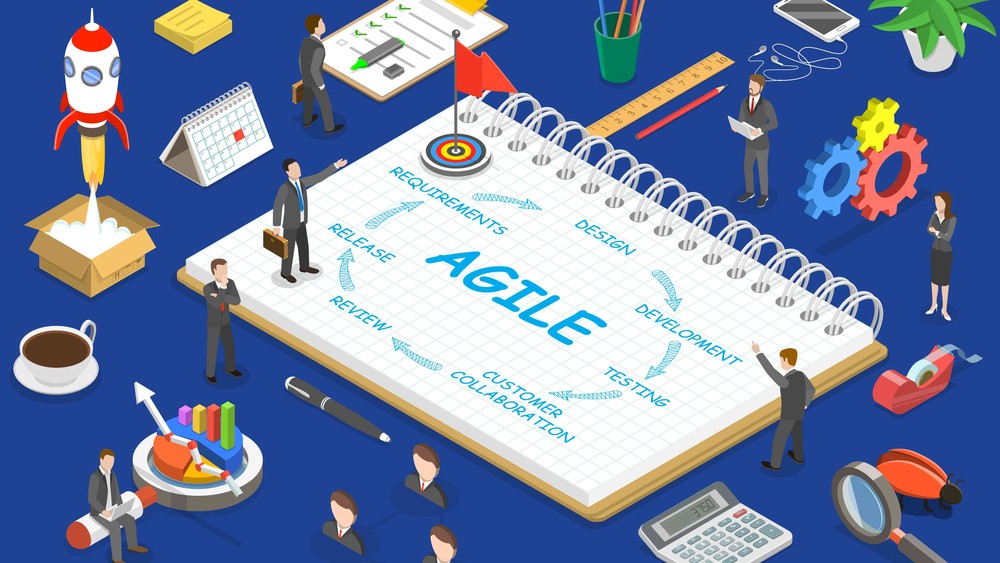Scrum is a framework for developing and delivering products that can be used in diverse industries. Scrum is composed of three roles: the ScrumMaster, the product owner, and the development team. The ScrumMaster is responsible for ensuring that the Scrum process is followed and helping to resolve any issues that may arise. The product owner is responsible for defining the requirements for the product and ensuring that the development team understands these requirements. The development team is responsible for implementing the Scrum process and delivering a high-quality product. Scrum has several key characteristics: it is iterative and incremental, it is focused on delivery, it is customer-centric, and it relies on self-organization. Scrum can be used in conjunction with other frameworks, such as Kanban, to create a more comprehensive product development process.
Scrum is an agile framework for developing, delivering, and sustaining complex products, with an emphasis on software development. It is designed for teams of three to nine members who break their work down into actions that can be completed within timeboxed intervals called sprints.
Sprints are typically two weeks long, and they give the team a standardized way to measure progress and deliver value. The framework also includes a set of roles, events, artifacts, and rules that provide a structure and guide the team’s interactions. In this article, we’ll discuss the scrum framework in more detail and explain how it can help your team be more successful.
How Scrum Works
Scrum is an iterative and incremental approach to product development that emphasizes collaboration, teamwork, and transparency. The goal of scrum is to deliver working code at the end of each sprint so that stakeholders can provide feedback early and often.
The scrum framework is designed to help teams self-organize so that they can be agile and responsive to change. It consists of four main elements:
Roles: There are three roles in scrum: the product owner, the development team, and the scrum master.
Events: There are four events in scrum: sprint planning, the daily stand-up, sprint review, and sprint retrospective.
Artifacts: There are two artifacts in scrum: the product backlog and the sprint backlog.
Rules: There are three rules in scrum: commit to work during a sprint, do not change the scope of a sprint once it has begun, and complete all work by the end of the sprint period.
By adhering to these four elements—roles, events, artifacts, and rules—teams can effectively self-organize and deliver working code at the end of each sprint.
Conclusion:
Scrum is a flexible framework that helps teams self-organize so that they can be agile and responsive to change. The goal of scrum is to deliver working code at the end of each sprint so that stakeholders can provide feedback early and often. By adhering to the roles, events, artifacts, and rules of scrum—teams can effectively self-organize and deliver working code on time. Ask Meirik for more details about professional training for organisations or professional training for individuals.





